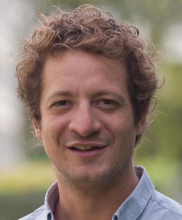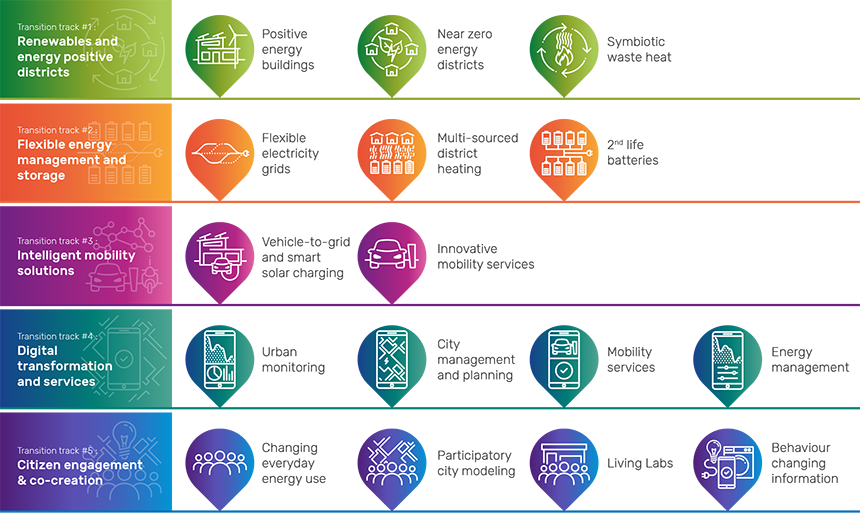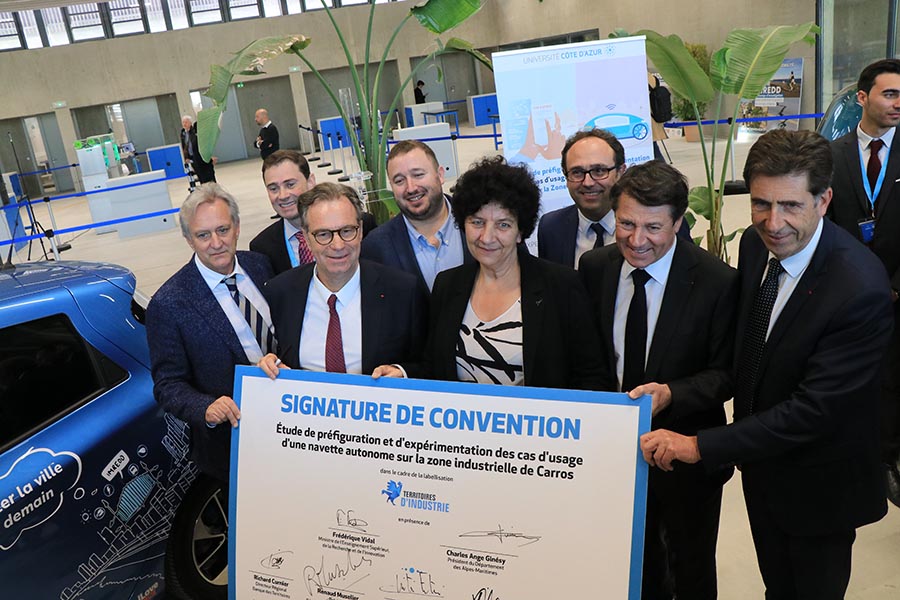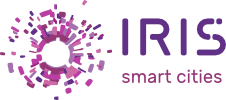
A little more than a year ago I shared with you my reflections on the first year of the IRIS project. Now more than one year on the world around has changed… and so have our IRIS project results. A moment to share some key takeaways and valuable resources being made available.
In the meantime the European Union has boldly set out its ambition to be the world’s first climate-neutral continent by 2050 and 8 priority areas to achieve it through a European Green Deal. Cities are home to a growing majority of citizens and businesses required to make a sustainable green transition… will we be able to achieve EC mission of 100 climate neutral cities by 2030?
If we look at the current speed at which buildings are renovated the rate is incredibly slow: “Merely 0.2% – 0.3% of the EU buildings are deeply renovated each year. At this rate, it would take up to 500 years to reach a decarbonized and high-quality building stock in the EU.”
So what is the experience and prospects on the ground? Let me share with you some initial experiences of our project partners with the operation of the IRIS integrated solutions that I collected during my recent visit to our three Lighthouse cities Nice, Gothenburg and Utrecht. Some highlights and general thoughts that stick with me after my trip – and some technical resources we are sharing to help others get smarter, faster:
Key takeaways for successful implementation:
- Look to accelerate and improve the direction of travel; not always create new pathways… finding and using windows of opportunity is key to achieving smart city solutions at scale; and at the speed we need to
- Start with the citizen when designing and developing your smart city solutions (link). Use emphatic design with the end-user in mid.
- Think big, but start small and be flexible. Make incremental steps, evaluate and use the lessons to adjust and improve. This will ensure your solutions are matching the real problems and saves you time in the end.
- Have a catalyst and partnership broker to build networks of stakeholders around specific themes and innovations. Nurture these networks to build trust and partnerships.
Stand out achievements and knowledge to tap into from IRIS lighthouses
- Gothenburg: positive energy footprint housing integrating housing, energy, mobility and living and sharing electricity and energy via a district energy management system;
- Utrecht: on the way to become the first bi-directional charging city of the world, using shared electric vehicles as a core in the energy system of the future;
- Metropole Nice Côte d’Azur: maximal collective self-consumption at the building and sub-district level and offering surplus energies to solve grid flexibility and congestion issues.
Further insights and resources from my recent tour of these three trend-setting cities
Firstly, let me help you navigate some of our initiatives and resources. We have identified and organised our work around 5 ‘transition tracks’ – universal challenges for smart cities. Collectively, the IRIS consortium is developing 16 specific solutions to deploy and replicate.

Our trip started in Nice, France. The first demonstration projects ready are focussed around two building projects. Almost finished, we were able to visit them with our local partners and building teams. Palazzo Merida (Nexity) is the largest wood-based office building in France and through a building energy management to optimize common self-consumption of solar electricity. With 90KWp PV and 79 kW/88 kWh battery storage a positive energy building footprint will be achieved. The IMREDD building located next to this is designed around a technological platform and learning center and was publicly inaugurated on 14 February by Minister for Education & Innovation, Fréderique Vidal, and President of Metropole Nice Cote d’Azur Christian Estrosi among other dignitaries.
Here, an IRIS powered local energy management system integrates: 179 kWp PV panels, 100 kW/182 kWh Li-ion battery storage and 30kW/36kWh 2nd life battery storage. 18 charging points, including bi-directional charging and 1 Renault Zoe AC-15118 Vehicle-2-Grid electric vehicle is also part of the system. This is a nice example of exchange between our cities as similar V2G electric car technology in Utrecht has helped this demonstrator in Nice to become a “1st in France” example. Their Local Energy Management both optimises the self-consumption of renewables via the and also valorises surplus energy as flexibility services for the electricity grid. Find more details on the use cases in the following deliverables: D6.3 Launch of T.T.#1 activities on Smart renewables and near zero energy district (Nice) & D6.4 Launch of T.T.2 activities on Smart energy management and storage for flexibility (Nice).

Next up was the Gothenburg project team. We were welcomed in the recently opened A Working Lab (AWL) building on the Johanneberg Science Park. Even some of our IRIS demonstration projects are included in this building: a Phase Changing Material energy storage and DC microgrids are now implemented and in monitoring. The neighbouring Brf Viva Positive Energy Footprint residential building and integrated EC2B shared mobility service are inspiring examples of the new way of living and moving in Europe. Electric cars, electric (cargo)-bikes and Light Electric Vehicles are available for all tenants one click away in their housing application. The building also features heat and cooling from boreholes, PV electricity production, and 2nd life battery storage – all in operation since autumn 2019. We are currently monitoring and collecting data to further refine day to day operations and enhance the business models and investment proposition to see many more buildings like it in the future!
Our team reported already two interesting findings: “using second-life bus batteries stationary for storing locally produced solar electricity is fully possible, useful and can contribute to mitigating the environmental cost of automotive batteries on a systemic level”. And “Building Integrated PVs is not more expensive than an ordinary facade material when using thin film solar cell technology, and that solar cell technology is also better for the environment according to life cycle analysis.” (find out more here: D7.3 Launch of T.T.#1 activities on Smart renewables and near zero energy district) The Gothenburg city team is also ambitious in the development of Virtual Gothenburg digital twin and a City Information Model for data and its applications.
Finally we returned back home to Utrecht. An interesting challenge and discussion is around the retrofitting program (more info: D5.3 Activities on Smart renewables and near zero energy district). Obtaining tenant support has been tough work so far. A reorientation of all citizen engagement activities: instead of ‘pulling’ people out of their homes to centrally organised events the team moved to a more personal approach, visiting the tenants in their homes and engaging on a more emphatic way. These activities are now more in in line to build support for a citizen focussed energy transition in the district (find out more: D5.7 Activities on Citizen Engagement).
A highlight in our Utrecht demonstration project are the bi-directional Vehicle-2-Grid and stationary storage demonstrators to solve grid flexibility and to integrate a maximum of solar produced electricity in the city. As part of the IRIS project bi-directional charging points, shared electric vehicles vehicle-2-grid cars and stationary battery storage have been deployed in the district and across the city contributing to a virtual power plant that can solve local grid congestion issues via smart energy management systems (more information: D5.4 Smart energy management and storage and D5.5 Smart e-mobility). Upscaling of this approach has already taking place with the opportunity to roll-out of 145 bi-directional charging points as part of the city-wide concession for charging points paving the way for Utrecht to become the first bidirectional charging city in the world and solve future grid congestion issues with car batteries. Connected to the City Innovation Platform five data and information services are specified and in development connected to grid flexibility (TT2), smart street lighting (TT5), 3D city model (TT5) and energy poverty.
I feel privileged to see all these developments up close and in all their glorious detail – but thanks to our European funding and open, collaborative partners, much of this information and knowledge can be yours too. I hope some of these deliverables will add the necessary detail behind the progress, and please contact myself or one of the IRIS team to help unpack the results and exchange on how you could be doing the same.
Roel Massink
Projectmanager IRIS Smart Cities, Gemeente Utrecht
26 Feb 2020

